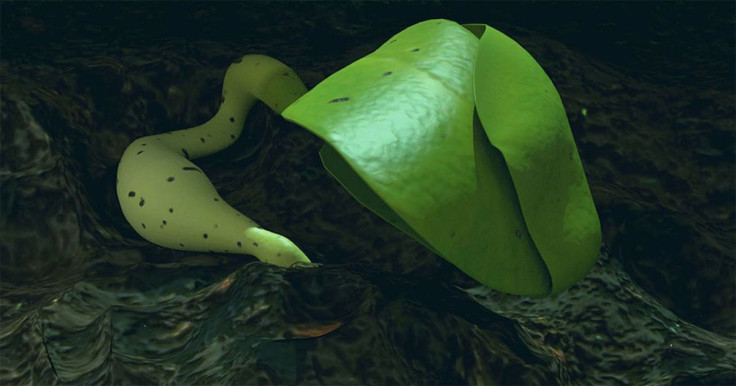China's Chang’E 4 Lunar Lander Becomes First To Grow Plants In The Moon
Chinese scientists stored seeds of cotton, Arabidopsis and potato along with fruit-fly eggs and yeast in a mini biosphere to see if they could survive.

Last January, China's Chang 'E 4 made a milestone landing on the far side moon, becoming the first spacecraft that successfully soft-landed on the icy region. Since then, the robotic lunar module has made significant discoveries about the geographical features of Earth's natural satellite.
Recently, China's Lunar Exploration Program was able to grow cotton seeds on the moon's harsh environment but was short-lived. Chang 'E 4 had an apparatus to cultivate plants on the lunar mission.
Chinese scientists stored seeds of cotton, Arabidopsis and potato along with fruit-fly eggs and yeast in a mini biosphere to see if they could survive. In the end, only the cotton seeds were able to grow, albeit in a very brief span.
The moon has 14 days of sunlight, with temperatures rising to 127°C (260.6°F). During sundown, temperatures drastically drop to a frigid -170°C (-274°F), making it impossible for life to flourish in our closest interstellar neighbor.
In the past, experiments about plants in space have been fruitful as they were conducted in the International Space Station (ISS). China's plant experiments on the far side of the moon were the first-ever in the age of space exploration.
Despite the cotton seed's short lifespan, the data recorded on the trials provided essential data for future missions. In a report by IEEE Spectrum, Chinese scientists published an image of the two cotton leaves that germinated on the moon.
The picture is a 3D reconstruction of the plant, using image processing and data analysis. The team initially thought that it only sprouted on a leaf, but they reevaluated their findings when the reconstruction revealed that there were two cotton leaves.
Chang 'E 4's findings were the first successful botanical experiment on the moon. The research continued until May to conclusively gather data and test the plant's lifespan.
Since the era of space exploration began, man has always been fascinated by living in the moon. The latest experiment is a small step in achieving that dream.
© Copyright IBTimes 2025. All rights reserved.




















